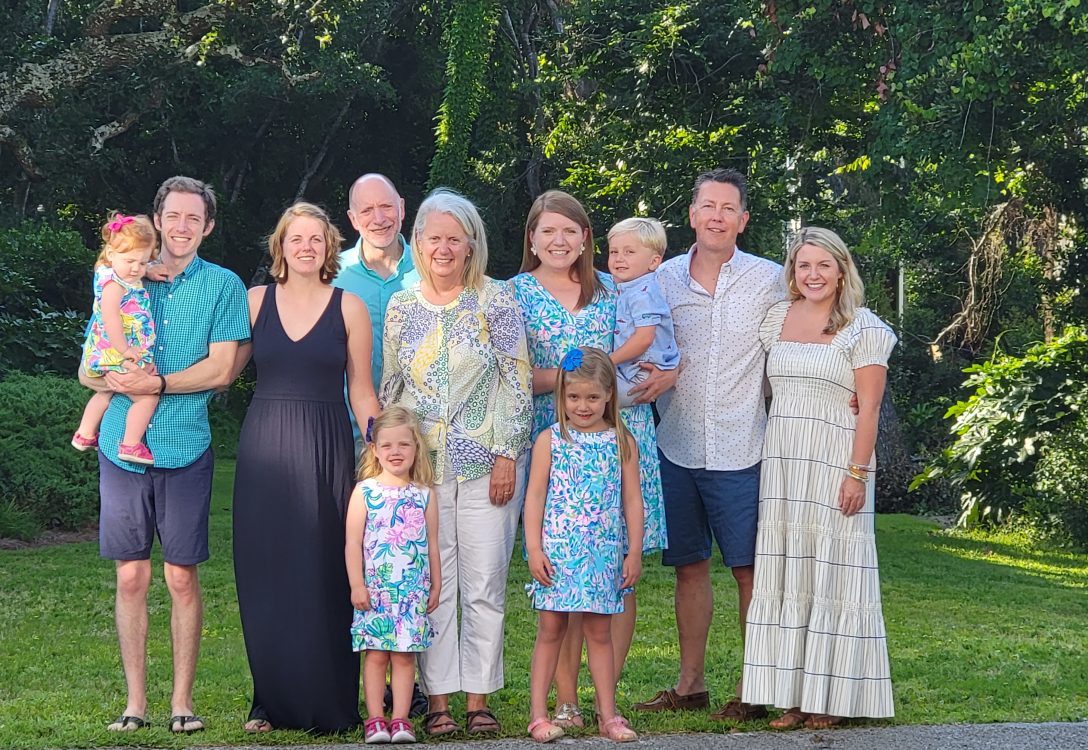It was dark and cold on the morning of February 1. I had to be in the overflow parking lot at Hermitage High School by 6:30. I was going to take a ride on school bus #851. When I arrived, the driver was working through a required safety checklist making sure the bus was ready to be driven.
Five times from February through the end of May, I rode school busses that took me all around Henrico County. On those rides I saw sections of the county I had never seen before.
Each driver’s assignment was different. I learned quite a bit.
I learned how students from the western half of the county are transported to high school specialty centers in the eastern half of the county. Experienced the coordination needed to move students to special programs in a variety of educational settings. Saw first hand the care given by the bus drivers and the bus aides in working with special needs students and their parents. And, experienced the traditional end of the school day ride for elementary, middle, and high school students.
Driving a school bus is no easy task. The application process is rigorous. This includes a driver learning and understanding every mechanical part of the bus. Once an applicant has met the requirements, driving that big yellow bus really tests a driver.
If a person is a daydreamer, attempting to become a school bus driver might not be the correct career path. It takes lots of focus. Eyes on the road, monitoring the passengers (yes, school bus drivers have eyes in the back of their heads!), cuing safety equipment, and listening for important radio communication are daily requirements.
Additionally, some busses are equipped with lifts designed to assist students in entering and departing the bus. In these situations, the communication between the driver and the bus aide is critical.
On some of the rides, I was amazed at the skills of the drivers as they maneuvered the big yellow box on wheels through incredibly tight spaces.
Communication via radio is on going. Information between pupil transportation supervisors and drivers is critical. Weather conditions, traffic challenges, and insuring that all routes and runs for the school day and beyond will be covered are a part of this essential dialogue.
There is no perfection in the choreography of pupil transportation. However, without the coordination of this constant teamwork and planning, the needs of the students, parents, and schools could not be met.
And while these routes did not cover all of the 245 square miles in Henrico County, the school bus rides did leave me with a snapshot that will not be forgotten. There are a lot of needs in our county.
Meeting those needs is challenging work. But school bus drivers and their aides can be a critical part of meeting these challenges. This is done by building relationships.
During each of the five bus rides, it was clear to me that the drivers had been diligent in establishing a rapport with parents and their children. Establishing that rapport is grounded in carving out a trust.
Trust is a two-way street.
I saw that trust at work for students, drivers, bus aides, and parents on every ride. But, I really witnessed those trusting relationships one Friday morning. A young lady with special needs who attended a traditional high school was having a rough morning. She did not want to go school. It took a bit of time, but everyone worked together, and eventually the young lady made the ride to school.
The start of a new school year is upon us. Those 245 square miles of needs have not departed. In fact, as we look to the future, I believe school systems and the counties and cities they serve will be challenged to meet even more student needs.
We will have a better chance of meeting those needs if we can follow the example of the bus drivers and bus aides—build relationships.













